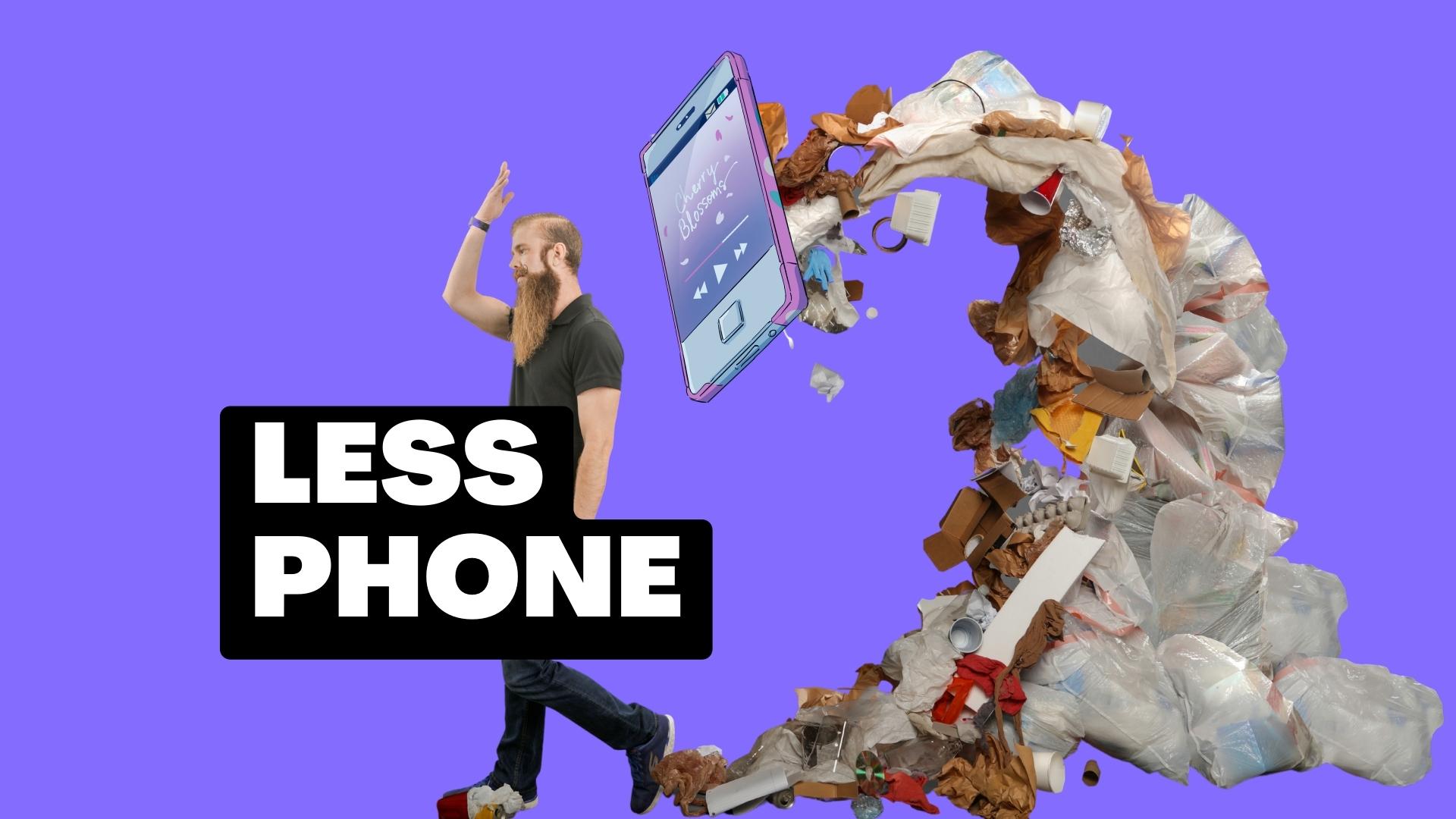Are you or your students preparing for the B2 Exam? Reading and Use of English Part 6 (Gapped text) is one of the most difficult parts, this is why we are going to offer you some tips on how to do better as well as activities to practise! Includes a free pdf printable with answers.
Cambridge B2 First Gapped Text
What does Reading and Use of English Part 6 consist of?
In this part of the exam, you are given a gapped text, followed by 7 sentences in jumbled order. You have to choose 6 of these sentences and match them to the numbered gaps. You have to think about the logical order so as to decide which sentence best fills each gap. Each correct answer gives 2 marks, so think carefully!
What does it test?
It tests your understanding of a text’s coherence, cohesion and structure.
How to improve your score?
- First read through the text to get a general idea ignoring the gaps.
- Look at the text before AND after the gap to make sure the sentence fits.
- Look for any signs that connect the two sentences: pronouns, determiners, nouns, tenses etc. Do they match?
- Make sure you check various things before making a decision, not just seeing similar words.
- Underline or circle these elements so you can check again later if you are not sure.
Sample task
Cambridge Reading and Use of English Part 6
You are going to read an article about the decreasing mobile phone screen time. Six sentences have been removed from the article. Choose from the sentences A – G the one which fits each gap (1 – 6). There is one extra sentence which you do not need to use.
Cutting down on mobile phone usage
Have you ever tracked your smartphone usage or thought about its connection to your concentration or productivity levels? Use of new technology has become prevalent in recent years and phones are regarded as indispensable tools in our daily lives.
__(1)__ Recall the last time your focus on an assignment was interrupted by a notification, visualize people walking down a crowded street while staring at their screens, or think friends who constantly use their mobile phones instead of engaging in a conversation. You might have observed that excessive mobile phone use can hinder academic performance, hamper relationships and diminish productivity. __(2)__
First of all, it is crucial to unmask the reasons that lead to the excessive use of this device. Is it due to lack of motivation or as a result of a procrastination habit? Does it constitute an opportunity for socialization or would you label it as a mere distraction? __(3)__
If boredom is what affects you most, consider establishing alternative habits. __(4)__ Certainly, one of the most effective alternatives is to do exercise: you cannot play basketball and simultaneously use your phone, can you? It is all a matter of establishing routines: at first, it might feel daunting to set and maintain them, but it will eventually become an automatic process.
For those of you whose good intentions of focusing on a task are easily jeopardized by external distractions, mobiles might be another obstacle to your endeavour. Adjusting their settings though could prove to be remarkably helpful. For instance, you can disable push notifications, turn off your Wi-Fi or delete certain apps. __(5)__If that´s unsuccessful, consider moving your phone physically far from you. If it is in the other room, or just out of sight, the chances to distract you will significantly drop.
If an underlying urge for socialization is what mostly increases your phone usage, you could try fulfilling this need in other ways. For example, instead of chatting with your friends via instant messaging, you could have a more profound conversation with them in person. It is crucial to be conscious of the here and now, and take advantage of the opportunity to discuss face-to-face when possible. __(6)__ If your circumstances do not allow for face-to-face meetings, our suggestion would be to make a phone or video call instead of messaging each other for hours.
In addition to these tips, remember to track your usage and set realistic objectives and boundaries. Most importantly, take a moment to consider what other opportunities and experiences you are missing out on while staring at the screen. We hope our advice will aid in boosting your concentration, invite you to explore new interests and meaningfully connect with others.
A. That is why we are providing the following tips on how to decrease it.
B. In addition to this, organizing an excursion or going to a live performance are other alternatives that enable you to both socialize and considerably lower your screen time.
C. Apparently, moving your phone away from you might help in diminishing your screen time.
D. By taking these factors into consideration you can make an informed decision on how to tackle the problem, construct an individualized plan and finally confront it.
E. Nevertheless, not being able to detach from technology has its side-effects.
F. This way, you can ensure that you will maintain decent levels of concentration while performing an important task.
G. Instead of mindlessly scrolling down through Instagram, you could read one page of your favourite book, listen to an informative podcast, or make a quick sketch.



